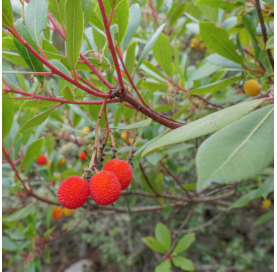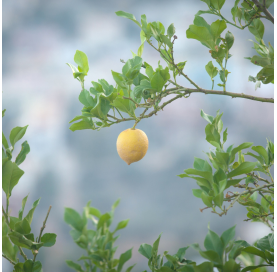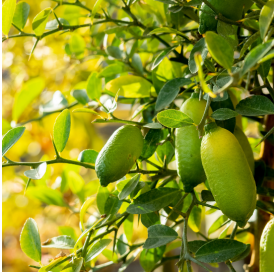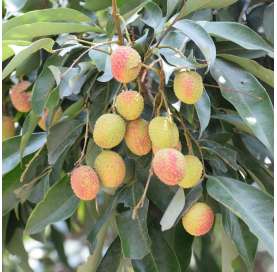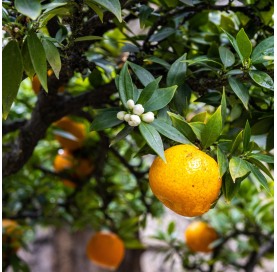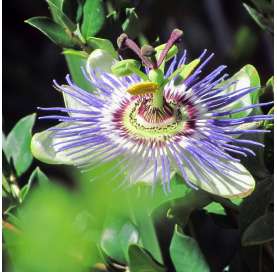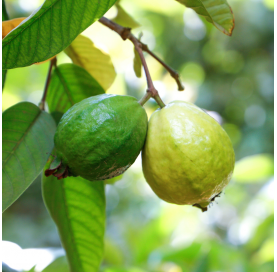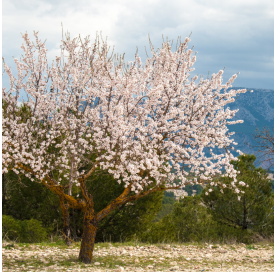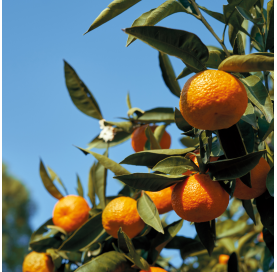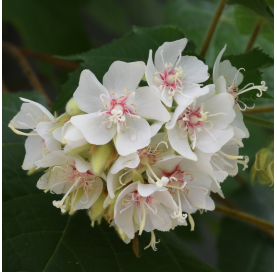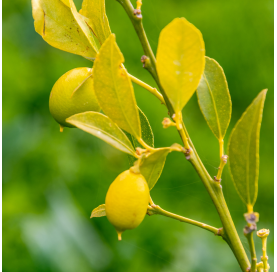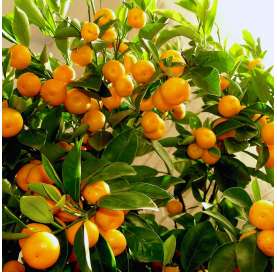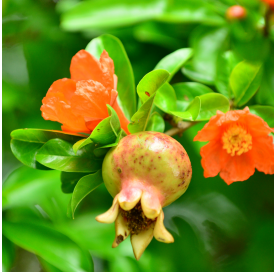Strawberry Tree (Arbustus unedo).
Arbutus unedo (strawberry tree) is a charming broad-leaved evergreen shrub with four-season ornamental interest.
 Encrypted payments for greater security
Encrypted payments for greater security
To reduce the plant's time in transit, shipments are made from Monday to Wednesday.


Shipping only to mainland Spain and mainland Portugal
Strawberry Tree (Arbutus unedo)
Description
Known for its fruits, Arbutus unedo (strawberry tree) is a broadleaf evergreen shrub that provides year-round ornamental interest. Its dark green, glossy, and leathery foliage, paired with reddish stems, makes it highly decorative. The brownish-gray bark on mature trunks and branches naturally peels, releasing a cinnamon-like fragrance. Over time, it develops a picturesque and gnarled appearance that enhances its charm.
History and Origin
Native to the Mediterranean region and Ireland, this species has been appreciated for centuries for both its ornamental value and edible fruit. It holds symbolic importance in Spain, featuring prominently in the coat of arms of Madrid.
Fun Fact
From autumn to mid-winter, the plant produces hanging clusters of fragrant, bell-shaped white flowers that are pollinated by bees. Round fruits, about 2.5 cm in size, appear in winter and take up to 12 months to mature, turning from yellow to red. In autumn, ripe fruits often coincide with new blooming flowers, creating a stunning visual display. While edible, the fruits are somewhat sweet but often bland and mealy.
Care
Exposure: Prefers full sun or partial shade, requiring good light to encourage blooming and fruiting.
Climate: Adapts to a wide range of climates, tolerating temperatures as low as -10°C.
Soil: Thrives in medium, acidic, moist, and well-drained soils. It appreciates good drainage and can grow in poor soils once established.
Fertilization: Use slow-release fertilizers in spring for optimal growth.Watering
Moderate: Requires regular watering during its first years. Once established, it tolerates moderate drought but benefits from occasional watering in dry climates.
Pruning
Frequency: Prune after fruiting to maintain its shape and remove damaged branches.
Technique: Can be shaped as a single-trunk tree or left to grow as a multi-stemmed shrub.Uses
Ideal as a specimen plant in Mediterranean and coastal gardens, shrub borders, foundation plantings, hedges, or even containers. It also attracts hummingbirds, butterflies, and birds, making it an excellent choice for biodiversity.
Notes
Virtually free of diseases and pests, though it can be susceptible to aphids or leaf spot. Propagates well from seeds and semi-hardwood cuttings.
Varieties
Some notable dwarf varieties include:
- Elfin King: Reaches 150 cm; blooms and fruits almost continuously.
- Oktoberfest: Reaches 180-240 cm, featuring deep pink flowers.
- Compacta: Reaches up to 300 cm.
Data sheet
- Name
- Arbustus unedo
- Origen
- Eastern Europe
- Height
- From 3 to 6 meters
- Colour
- Green leaves, red flowers
- Flowering
- From May to July
- Location
- Sun
- Irrigation
- Moderated
- Applications
- Suitable for urban gardens and pots
- Others
- Can grow in poor soils and low watering conditions
- Note
- Being the product a living plant and depending on the season, this plant could be received, in some cases, not exactly the same as in the photography, but as similar as possible, without impacting on quality of the same.
12 other products in the same category:
-
Citrus x lemon tree.€34.00
-
Citrus microcitrus...€33.00
-
Lychee in Tube.€50.00
-
Orange tree - citrus x...€29.00
-
Passion Fruit (Passiflora...€25.00
-
Psidium guajava - Guayaba€24.00
-
Prunus dulcis - Almond Tree€25.00
-
-
Dombeya€20.00
-
Citrus eustis "limequat"€30.00
-
Calamansi "X...€39.90
-

 English
English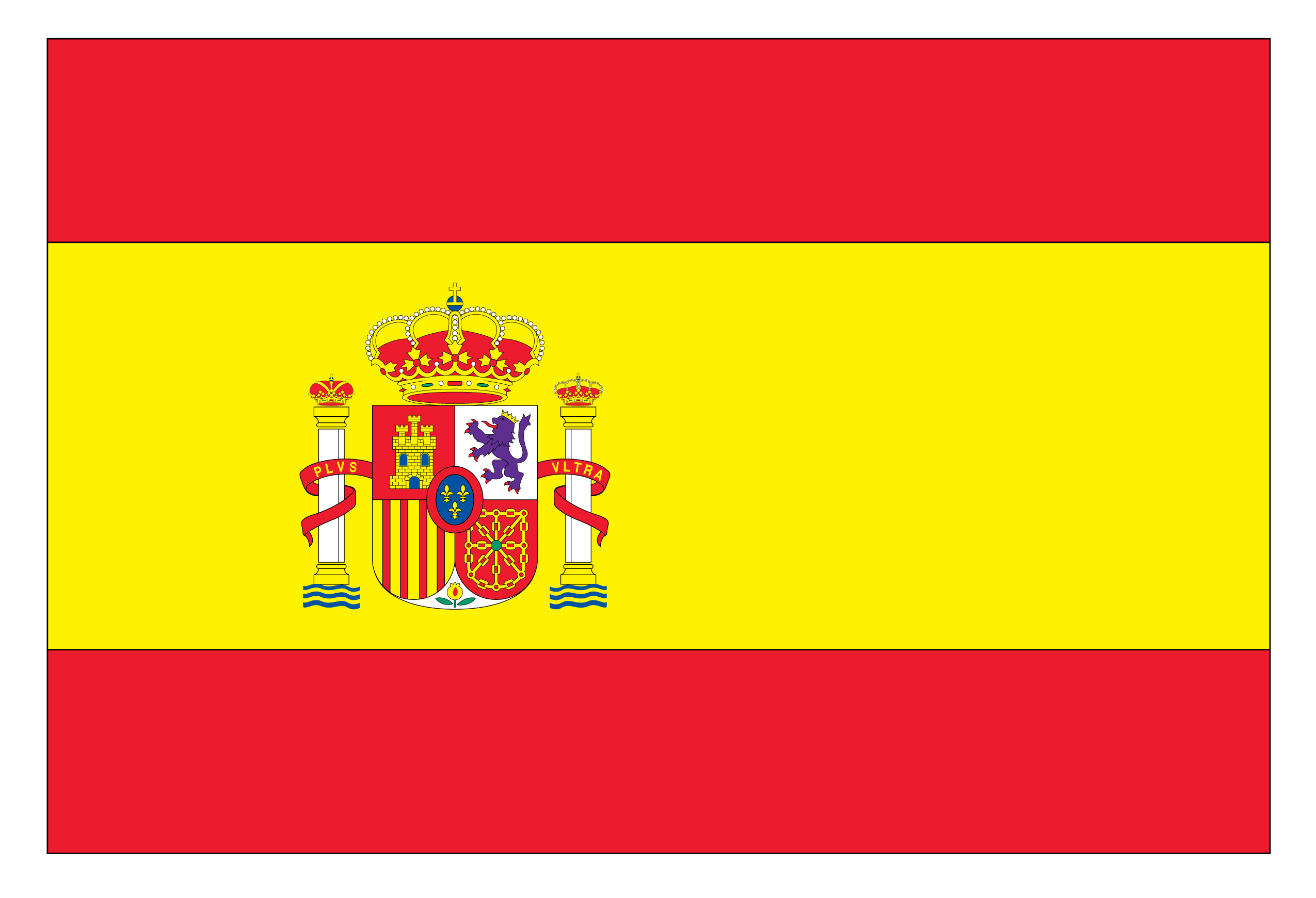 Spanish
Spanish
